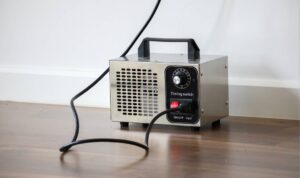Water intrusion is a pervasive and often insidious problem that can cause significant damage to both residential and commercial properties. The implications can be dire, whether it’s a leaky roof, a burst pipe, or water seeping into the basement. This comprehensive guide aims to give property owners a robust understanding of what water intrusion is, how to detect it, and the steps to take for effective water intrusion repair. This article aims to serve as an invaluable resource with numerous subheadings and detailed explanations.
What is Water Intrusion?
Water intrusion refers to unwanted water entry into a building, typically causing damage over time. Whether from natural sources like rain or a malfunctioning appliance, water intrusion can compromise the structural integrity of a building and pose a range of health risks. It can turn into a property owner’s nightmare if not addressed promptly.

What Does Water Intrusion Mean?
In layman’s terms, water intrusion means that water has found its way into areas where it shouldn’t be, often causing damage. This could mean various things, from leaks in the ceiling to water seeping into the basement. The problem may not always be apparent and manifest as damp spots, mold, or structural damage.
Water Intrusion Meaning
The meaning of water intrusion extends beyond just the presence of water in unwanted places. It encompasses the associated risks, such as mold growth, rotting of wooden structures, and even electrical hazards. It can also carry toxic waste, bacteria, and other harmful substances into the building.
Water Intrusion Examples
- Overflowing bathroom sink
- Leaking water heater pooling water in the basement
- Broken skylight allowing rainwater inside
- Damaged chimney flashing causing water leaks
- Snow infiltrating through leaky basement windows
Each scenario illustrates a different form of water intrusion, highlighting the need for varied prevention and treatment strategies.
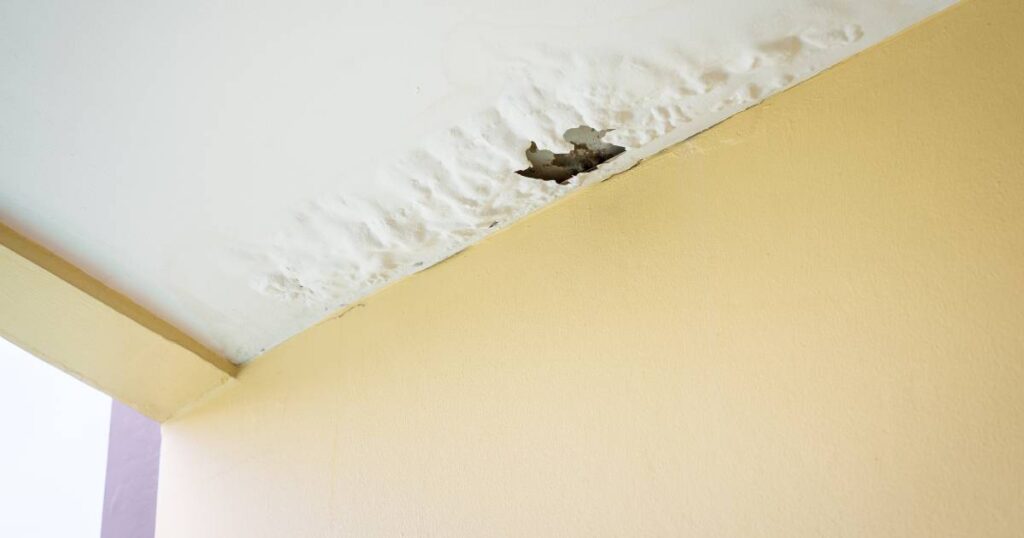
Water Intrusion Inspections
Proactive water intrusion inspections are crucial to prevent long-term damage. Inspections should thoroughly cover the roof, walls, basement, plumbing, and appliances. Special attention should be given to:
- Checking for discoloration on walls and ceilings
- Inspecting for peeling or cracking paint
- Looking for signs of rust on metal surfaces
Water Intrusion Inspection
Conducting a water intrusion inspection means systematically examining the structure for signs of water intrusion. A professional inspector typically employs various tools and techniques, including thermal imaging and moisture meters, to get accurate results.
Water Intrusion in Home
Water intrusion in homes can be particularly damaging, not just to the building but also to the health of the occupants. Common areas of concern include the basement, roof, and plumbing. Preventive measures should include regular inspection and maintenance, water-resistant materials, and proper home ventilation.
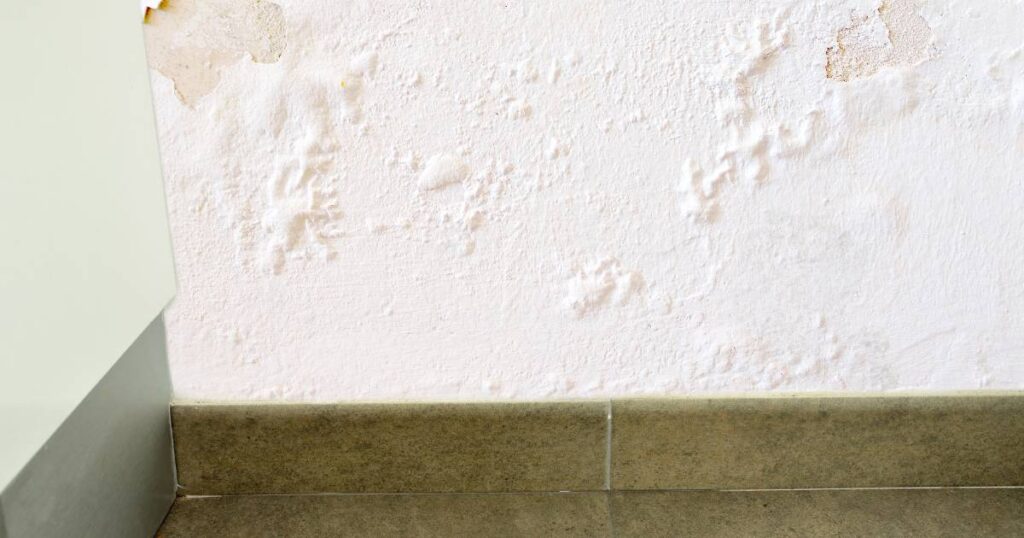
Water Intrusion in the Basement
Basements are highly susceptible to water intrusion due to their location. The risks are heightened during the rainy season or if the property is in a flood-prone area. Effective waterproofing, regular inspection, and a sound drainage system are vital preventive measures.
Water Intrusion Experts
If you’re facing severe or persistent water intrusion, consulting experts in the field is advisable. These professionals have the tools and expertise to identify the source of the problem and offer long-lasting solutions. They may use advanced techniques like thermal imaging or video inspections to pinpoint the issue.
Water Intrusion Detection
Effective water intrusion detection involves both visual inspection and the use of specialized tools. Thermal imaging, for instance, can reveal temperature changes caused by moisture within walls. Other tools include hygrometers and moisture meters, which can measure the moisture content in various materials.
Water Intrusion Definition
In a formal sense, water intrusion is defined as the unintended or accidental water entry into a building structure. This could result from various sources, including but not limited to natural disasters, leaking pipes, and appliance malfunctions.
Water Incursion
Water incursion is another term used to describe water intrusion. It also refers to the unwelcome water entry into a building or property, often leading to damage.
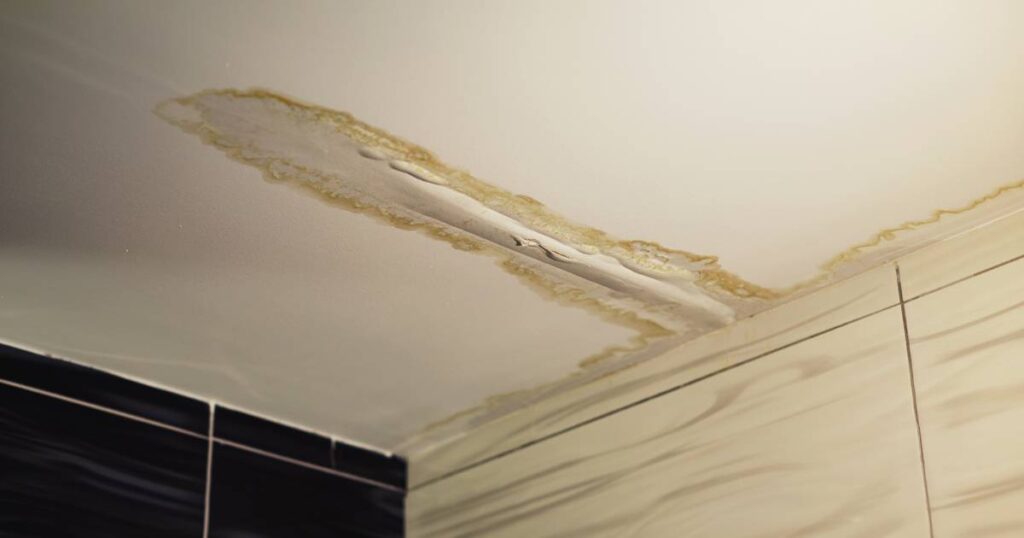
Water Dripping from Attic Pipe
Water dripping from an attic pipe is a clear sign of water intrusion. It indicates a problem either with your plumbing or possibly with your roof. Immediate attention is necessary to prevent damage to the attic area, including rotting of wood or mold formation.
Water Damage Meaning
Water damage refers to the various forms of destruction or loss that occur due to water intrusion. This could include structural damage to the building, ruined possessions, and even potential health risks such as mold.
Meaning of Water Leaks in House
Water leaks in the house are one of the most common indicators of water intrusion. These leaks could be from pipes, appliances, roofs, or walls. Ignoring them could lead to more significant issues, including structural damage and mold growth.
Define Water Intrusion
Defining water intrusion involves understanding that it is the unintended entrance of water into a building, usually causing harm. This harm can be immediate or manifest over time, affecting the structure and its occupants.
Dangers of Water Main Breaks
A water main break is a severe intrusion that can lead to substantial damage and risks. These could include:
- Flooding of property
- Contamination of the water supply
- Risk of electrocution if water reaches electrical outlets
- Structural damage due to water pressure
Immediate attention and repair are crucial to mitigate these risks.
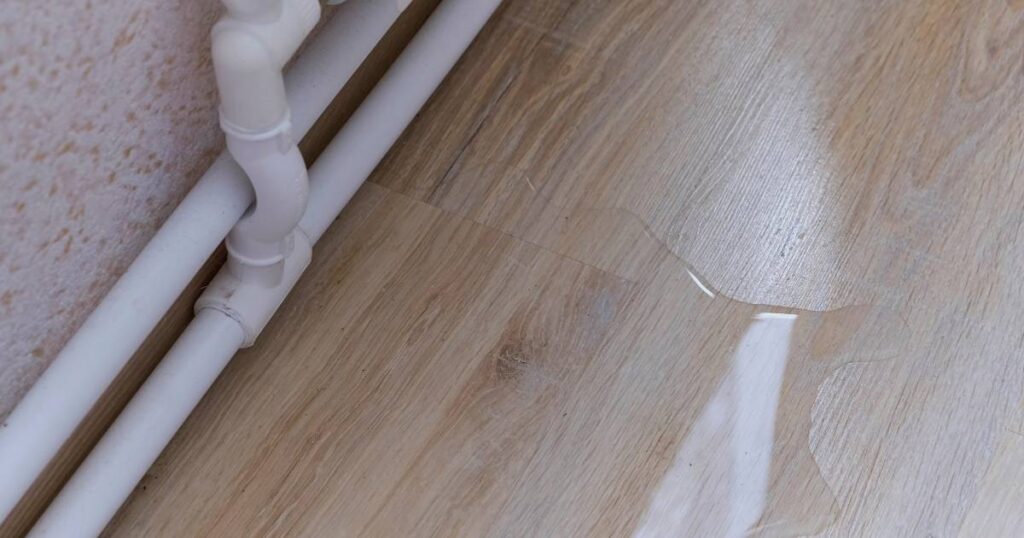
Chimney Leaking Water into Basement
A chimney that leaks water into the basement indicates a severe issue with the chimney’s flashing or the structure itself. Ignoring this can result in water damage to the walls, potential electrical hazards, and even structural integrity risks.
Attic Leaking Water
If your attic leaks water, it’s likely due to either roof damage or pipe issues. The water can damage the wood and insulation, leading to costly repairs. It can also create an environment for mold growth, which poses health risks.
Conclusion
Understanding and managing water intrusion is critical for any property owner. You can protect your property and its occupants through regular inspections, maintenance, and immediate attention to any signs of water intrusion. Always remember, prevention is better than cure, but if water intrusion does occur, knowing how to address it promptly and effectively is crucial.
Frequently Asked Questions (FAQs) – Water Intrusion
How Do You Detect Water Intrusion?
Regular inspections and specialized tools such as thermal imaging and moisture meters effectively detect water intrusion.
Is a Leak Water Intrusion?
Yes, a leak is a form of water intrusion. It implies that water enters your property in an unintended and usually harmful way. Always take leaks seriously, as they can lead to more significant issues over time.



